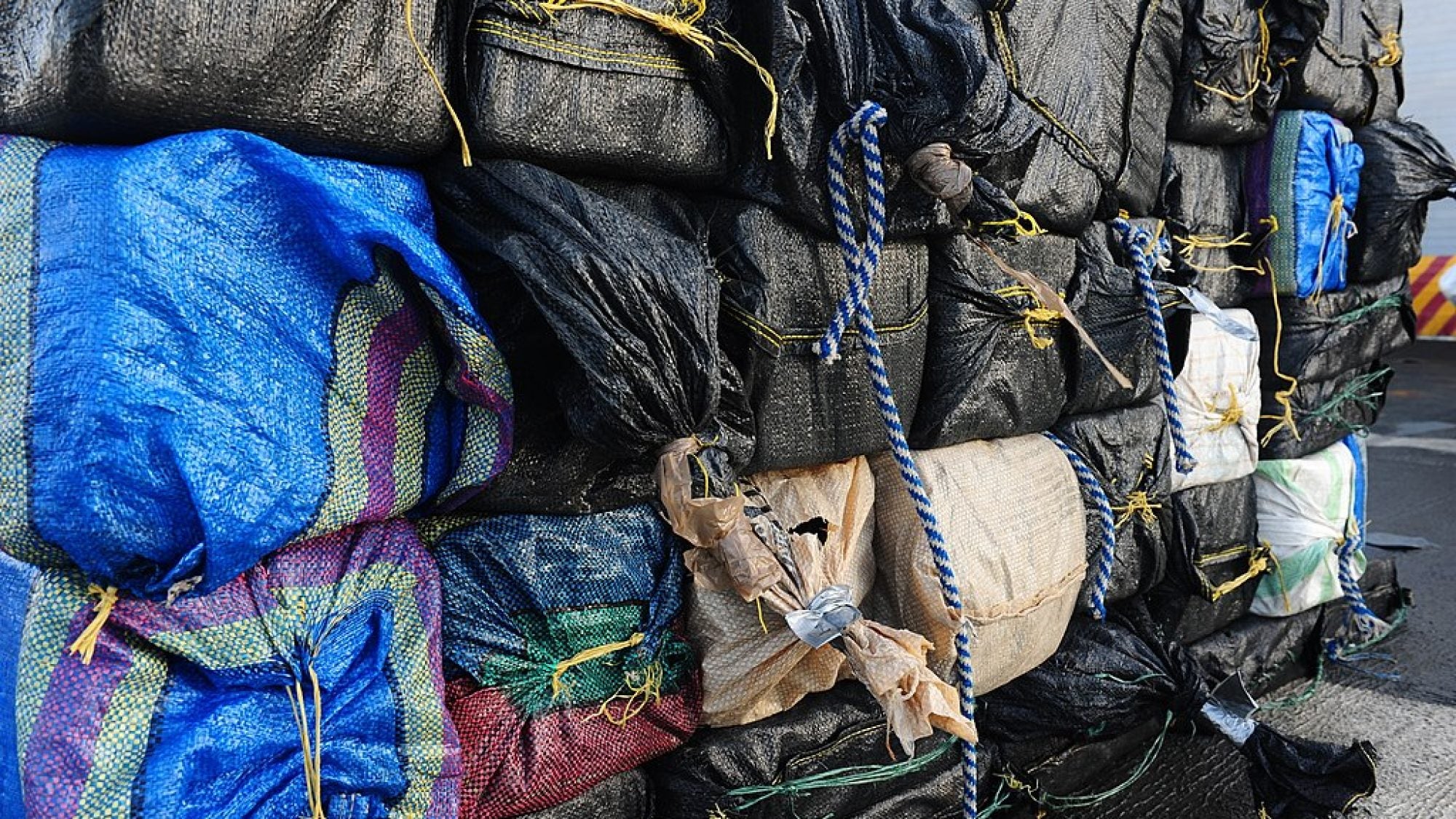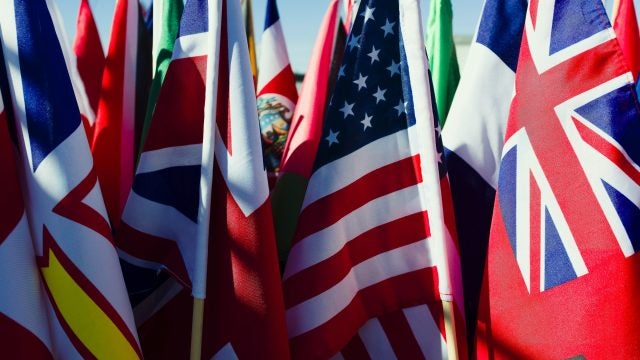
Title: Drugged Policy: Reassessing America’s Drug Policy
Not Obama. Not Romney. Nor Biden, nor Ryan.
Ron Paul was the only politician to talk about the need to transform American drug policy in the most recent election cycle. Amidst the noisy debates about wasteful government programs, budgetary fiscal cliffs, and the very role of government itself, not once did these prominent American politicians feel the need to address the admittedly touchy subject of American drug control strategy on the national stage. In light of the highly publicized violence related to the drug war in Mexico and the recent referenda in Colorado and Washington legalizing marijuana, it is clear that many Americans desire drug policy reform and that it is sorely needed.
The Economics
The debate over drug reform has picked up considerable steam in state legislatures in recent years, centered predominantly on the economics of drug policy, and with good reason. The US government spent $15 billion on drug control in the 2010 fiscal year, with nearly $8 billion allocated to domestic and international enforcement and interdiction programs.[1] The countervailing argument of reformists is that the legalization of drugs would provide enormous economic revenue for states and the federal government. Although such numbers are hard to predict based on the uncertain and limited access to information regarding the illicit drug industry, the potential numbers are compelling. Jeffrey Miron and Katherine Waldock predict that national drug legalization would reduce government expenditures by nearly $41.3 billion per year, while providing an estimated $46.7 billion a year in tax revenue.[2] Already, in both Colorado and Washington, legalization has boosted state revenues through the sale of marijuana (previously under the guise of medical marijuana) and both states have witnessed increases in tourism. With the current debates over the budget deficit, this extra money could provide some relief.
While the economic argument has gained the most traction among drug reform advocates, the social and political impacts of US drug policy seem lost in the fray. Although it is harder to quantify the extent to which US drug policy has created political and social discord, the socio-political impact of current policy is arguably more important to the drug reform debate.
The Social and Political Aspects
Although the legalization of marijuana in Colorado and Washington is an important step in drug reform, the lack of federal reform continues to have severe repercussions abroad. Both Mexico and Afghanistan are inextricably linked to America’s war on drugs: Mexico is the main supplier for America’s drug habit, and opium production in Afghanistan impedes the US military’s efforts to stabilize the country. The governments of Mexico and Afghanistan have both adopted and continue to pursue America’s vision of militarized prohibition to combat the proliferating drug trade. Mexico continues to wage war on drug traffickers, and in turn, perpetuates the catastrophic violence that has torn the country apart for the last five years. Afghanistan, likewise, continues to engage in eradication efforts (to the extent that it can) despite the fact that such strategies have resulted in increased resistance to the Karzai’s fragile government. In both instances, the respective governmental institutions are, in essence, de-legitimizing their own rule by enforcing drug policies that create social and political chaos.
Why Does Prohibition Persist?
Although the historical evidence seems to suggest that American drug control strategy is in dire need of reform, prohibition continues because drug reformers are battling a deeply entrenched model in which the US has been the moral and actual arbiter of the global drug trade for the better part of a century. The American puritanical outlook creates a “good versus evil” dialectic that upholds the moral justification for continued coercive strategies domestically and internationally. However, the emphasis on stopping the supply of drugs from abroad has paradoxically caused the expansion of the drug trade, not its suppression. For example, in the early 1970s, Richard Nixon launched a war against the French Connection, simultaneously targeting opium farmers in Turkey, heroin manufacturers in Marseille, and traffickers coming into the US. Temporarily, the strategy worked as supply chains truncated. Demand, however, did not slow. In fact, prices for heroin increased and drug traffickers found new suppliers.[3] As a result, Nixon’s drug war induced an evolution of the global illicit drug trade by introducing new suppliers to the global market, like Afghanistan, that would have otherwise remained isolated in local and regional trade systems.
So What To Do Now?
Although the economic discussion has been a strong starting point for drug reform, the discussion needs to address more firmly the social and political impacts of US drug policy. Thus, framing drug reform as something that will benefit the people, and not just our pocketbooks, not only appeals to a wider audience, but more important, it places the discussion of drug policy at the heart of the larger debate about the role and purpose of the American government. Maybe then we can be more frank about why people use drugs and how the government can regulate drug use and trade in an appropriate and effective manner.
Image Credit: Petty Officer 1st Class Lauren Jorgensen, Wikimedia Commons
This is an archived article. While every effort is made to conserve hyperlinks and information, GJIA’s archived content sources online content between 2011 – 2019 which may no longer be accessible or correct.
[1] National Drug Control Strategy Report, FY 2011. (15-22)
[2] Miron, Jeffrey and Katherine Waldock. The Budgetary Impact of Ending Drug Prohibition. Washington DC: CATO Institute, 2010. (6)
[3] for further insight into the impact of prohibition on the drug trade see Alfred McCoy’s The Politics of Heroin (Chicago: Chicago review Press, 2003) and “From Free Trade to Prohibition: A Critical History of the Modern Asian Opium Trade.” Fordham Urban Law Journal, Volume 28, Issue 1, Article 4, 2000.
More News

On May 20, 2025, the World Health Assembly unanimously adopted the World Health Organization (WHO) Pandemic Agreement, an international treaty designed to strengthen pandemic prevention, preparedness, and…

As the Trump administration proposes a sweeping overhaul of the US foreign assistance architecture by dismantling USAID, the Millennium Challenge Corporation (MCC), and restructuring the State Department, there is an…

The Trump administration’s abandonment of allies and embrace of Putin’s Russia has raised pressing questions about whether Estonia, Latvia, and Lithuania can continue to rely on NATO for…